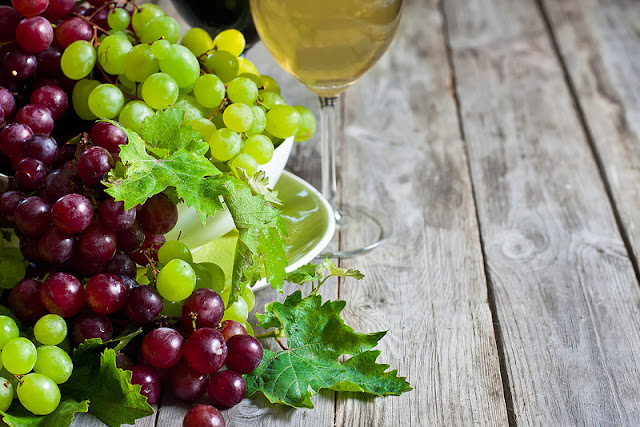Fresh grapes are very sensitive to
microbial spoilage during storage, even under refrigerated conditions, having
relatively high moisture contents. Therefore, within a few weeks following
harvest, they must either be consumed or processed into various products.
Drying is the most common method for grape processing. It can process grapes
into raisins for longer shelf-life by reducing the moisture content to a low
level.
The peel of the
grape plays a critical role in controlling the drying process. Grape peel
consists of a wax layer as a protective barrier against fungal pathogens.
However, this coating reduces permeability and therefore hinders the process of
water transfer. Due to this, prior to drying, several chemical and physical
pretreatments are used to enhance permeability and increase the drying rate,
while preserving the physical, chemical, nutritional and sensory qualities of
the final product.
In this paper, an
abrasive pretreatment for enhancing the drying rate and preserving the grape
samples was proposed. Grapes selected from Regina (white cultivar) and Red
Globe (red cultivar) were used for the experiments. The drying kinetics of
untreated and treated samples were studied using a convective oven at 50°C with an air velocity of 2.3 m/s until similar
water content for both grapes was achieved. Samples were
obtained during the drying experiments by taking six fruit berries for each
cultivar. Fruit quality parameters such as sugar and organic acid contents,
shrinkage, texture, peel damage (i.e. by SEM analysis) and rehydration
capacity were studied to evaluate the effectiveness of abrasive pretreatment on
raisins. Experiments were performed in triplicate. Data
reported are the mean and the standard deviation calculated from three
replicates.
The results
revealed that the pretreated grapes
showed reduced drying times and rehydration time, due to faster transport of
water, and lower shrinkage with respect to untreated ones. The treated
and untreated dried grapes were significantly different (p <
0.05) in sugar and in tartaric acid content. On the contrary, no significant
differences (p < 0.05) in malic and citric acids and in texture
properties between untreated and treated samples were observed.
In conclusion, abrasive pretreatment contributed to reduce drying time
and rehydration time. Moreover, pretreated grapes presented lower reduction in sugar content
and in tartaric acid, but similar malic and citric acids and texture properties
to untreated ones.
Article by Giuseppina
Adiletta, et al, from Italy and Australia.
Full access: http://t.cn/E51rzXM
Image by Speleolog, from Flickr-cc.

评论
发表评论